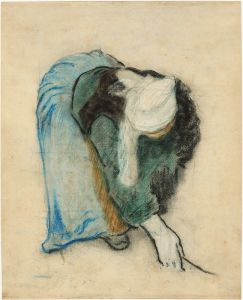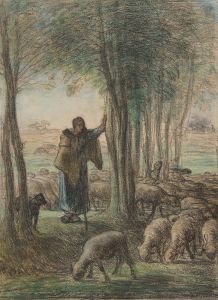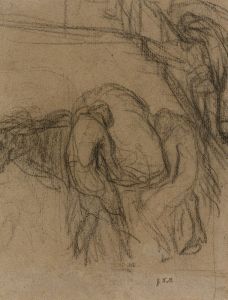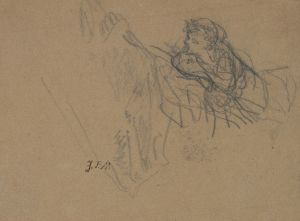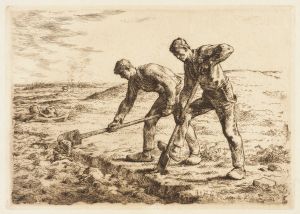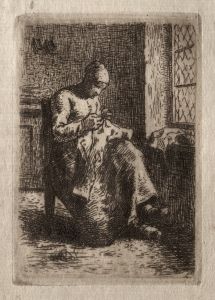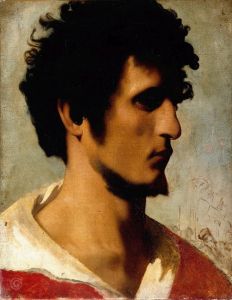
La Bouillée
A hand-painted replica of Jean-François Millet’s masterpiece La Bouillée, meticulously crafted by professional artists to capture the true essence of the original. Each piece is created with museum-quality canvas and rare mineral pigments, carefully painted by experienced artists with delicate brushstrokes and rich, layered colors to perfectly recreate the texture of the original artwork. Unlike machine-printed reproductions, this hand-painted version brings the painting to life, infused with the artist’s emotions and skill in every stroke. Whether for personal collection or home decoration, it instantly elevates the artistic atmosphere of any space.
La Bouillée is a painting by the French artist Jean-François Millet, created in 1861. Millet was a prominent figure in the Barbizon School, a group of painters who worked in the village of Barbizon near the Forest of Fontainebleau. They were known for their realistic depictions of rural life and landscapes, and Millet's work often focused on the lives of peasants and their connection to the land.
La Bouillée, also known as The Water Carrier, depicts a rural scene featuring a woman carrying a bucket of water. The painting is characterized by its attention to detail and the realistic portrayal of the subject, which is typical of Millet's style. The woman is shown in a simple, humble setting, emphasizing the everyday labor and dignity of peasant life. The muted color palette and the naturalistic rendering of light and shadow contribute to the painting's somber and contemplative mood.
Millet's work, including La Bouillée, was part of a broader movement in 19th-century art that sought to represent the lives of ordinary people with honesty and empathy. This approach was in contrast to the more idealized and romanticized depictions of rural life that were common in earlier periods. Millet's focus on the hardships and resilience of the peasantry resonated with contemporary audiences and has continued to be appreciated for its social and historical significance.
The painting is notable for its composition and the way Millet captures the physicality and effort involved in the woman's task. The figure is centrally placed, and her posture and expression convey a sense of determination and endurance. The background, while simple, provides context and enhances the realism of the scene. Millet's use of light and shadow adds depth and dimension to the painting, highlighting the textures and forms within the composition.
La Bouillée reflects Millet's deep respect for the rural working class and his commitment to portraying their lives with authenticity and dignity. His work often drew inspiration from his own experiences growing up in a farming community, and he sought to convey the beauty and value of rural life through his art. This painting, like many of his others, serves as a testament to the strength and perseverance of the peasant class.
Millet's influence extended beyond his own time, impacting later artists and movements. His emphasis on realism and the human condition can be seen in the works of subsequent generations of artists. La Bouillée remains an important example of Millet's contribution to the art world and his role in the development of realist painting.
Today, La Bouillée is held in various collections and continues to be studied and admired for its artistic and historical significance. It stands as a powerful representation of Millet's vision and his dedication to capturing the essence of rural life.






